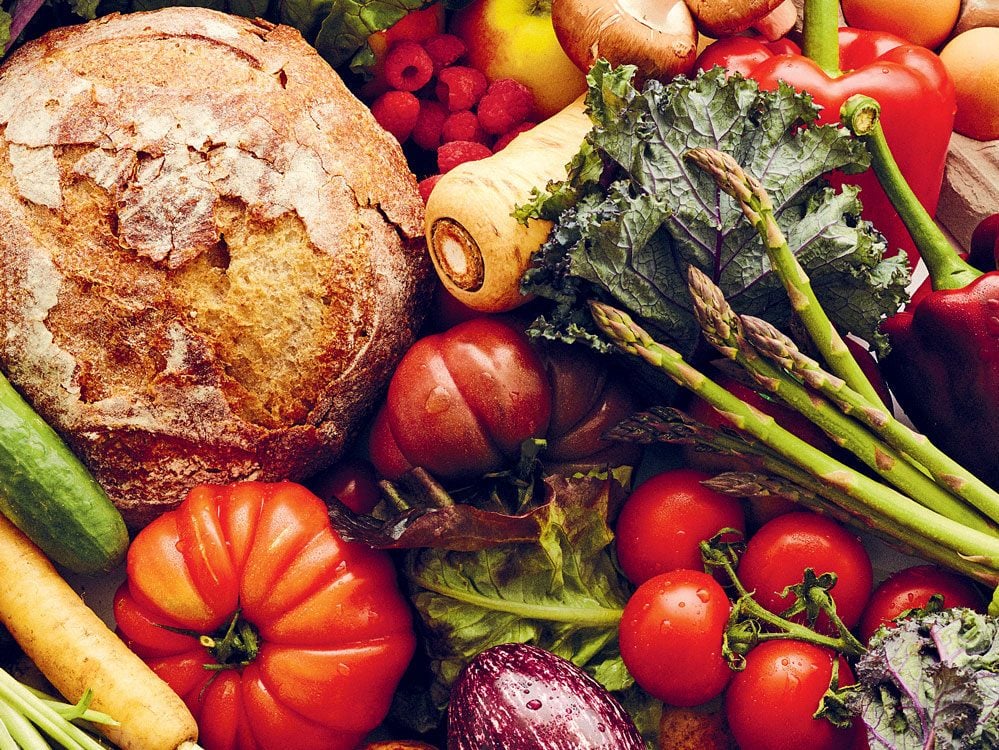
The Mediterranean diet will help you live forever
Think of the Mediterranean diet as your healthy-planet-healthy-me creed. It won’t make you count calories or restrict meals. You also don’t have to ban meat and dairy from your plate. Eat like they do in southern Italy and France, Greece and Spain: lots of vegetables, fruits, herbs, nuts, beans, olive oil and whole grains with moderate amounts of dairy, poultry, seafood and eggs. Half your plate should be filled with a variety of veg and fruit, a quarter with whole grains (whole wheat bread, whole wheat pasta, brown rice) and a quarter with healthy proteins like beans, nuts, fish or poultry. Red meat is an occasional indulgence—once or twice per month. Sweet treats should be limited, too (you had to know that was coming). Light daily exercise, like walking, and eating together socially are also key to reaping the benefits of this approach.
The Med diet is effective in reducing the risk of overall mortality as well as cardiovascular diseases: a study of nearly 26,000 women found that those who followed the Med diet had 25 per cent lower risk of developing heart disease and high blood pressure over the course of 12 years. It’s even prescribed by doctors as a cost-effective intervention for high blood pressure, diabetes and obesity, and to decrease the risk of developing depression and dementia.
One long-term analysis of the eating habits of 10,000 middle-aged U.S. adults who were monitored between 1987 and 2016 showed dramatic results. None of the participants had cardiovascular disease at the start of the study. The researchers then categorized the participants’ eating patterns by the proportion of plant-based foods they ate, as espoused by Med-style diets, versus animal-based foods.
People who ate the most plant-based foods overall had a 32 per cent lower risk of dying from a cardiovascular disease and a 25 per cent lower risk of dying from any medical cause compared to those who ate the least amount of plant-based foods. In other words, the benefits are real.
Find out what happens to your body when you stop eating red meat.
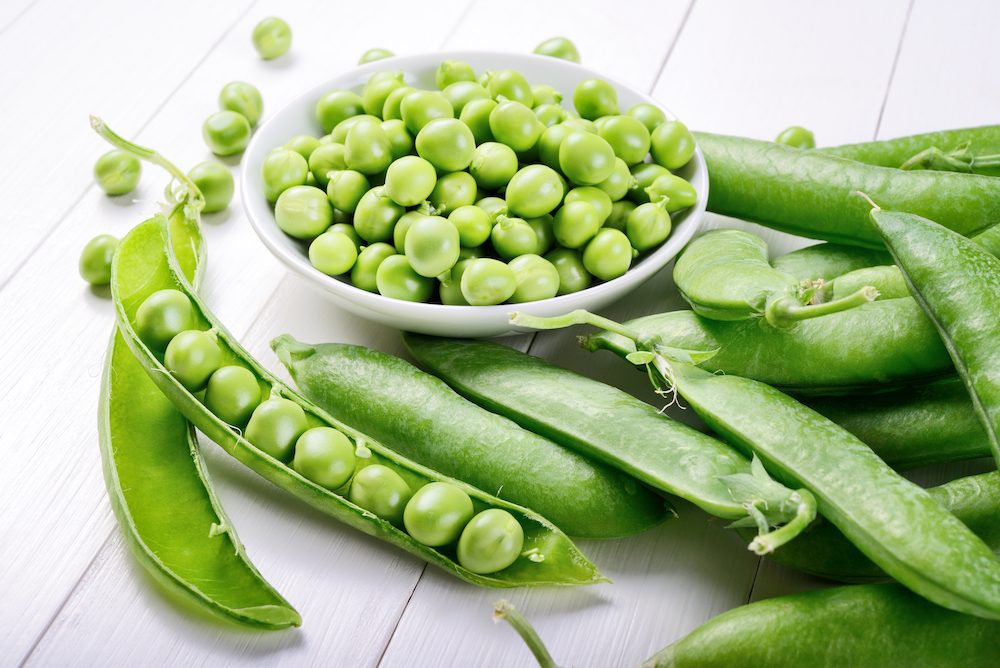
Cut back on meat and still max out on protein
Yes, you’ll absolutely get enough protein if you cut back on meat—and you really don’t need that much (an adult weighing 70 kilograms needs about 56 grams per day, or 0.8 grams per kilo of body weight). “Many of us still falsely associate animal food as the only source of protein, when there are so many plant foods that contain enough protein to sustain ourselves on,” says Desiree Nielsen, registered dietitian and author of the bestselling Eat More Plants cookbook. Whole grains have a lot more protein than you might think, along with many other vital nutrients. Protein is found in peas, beans and lentils, nuts and seeds and their butters, soy products, plus the usual suspects: meats, fish, poultry, eggs, milk, cheese and yogurt. Fruit and veg also add small amounts of protein to your diet, and even more importantly, eating protein from a wide variety of food sources will help you meet your needs for nutrients like iron, zinc, vitamin B12 and calcium. But plant-based sources aren’t as concentrated in protein, so a sprinkle of chickpeas won’t cut it—you need to eat three-quarters of a cup in order to get 11 grams of protein. “The biggest mistake I see people making is they remove the meat from their plate and don’t replace it with a plant that offers a similar amount of protein, plus some healthy fat,” says Nielsen. “Then they’re hungry and filling up on starchy convenience foods and not feeling their best.”
Learn to spot the telltale signs of protein deficiency.

The humble bean is a miracle food
Why are dietitians so gaga for lentils and beans? They’re high in protein and fibre and low in fat; plus, they’re inexpensive to buy and easy to prepare. And they’re a great source of iron, which is important for vegetarians. Think beyond beans on toast and look to Indian, Mexican and Middle Eastern cuisines for hundreds of rich and flavourful ways to prepare them.
Legumes are also climate-smart because they can adapt to rough weather, restore degraded soil by converting nitrogen in the air into fertilizer for soil, and even make cattle feed more digestible (meaning the cows burp less methane).
Here are more iron-rich foods you might consider adding to your diet.
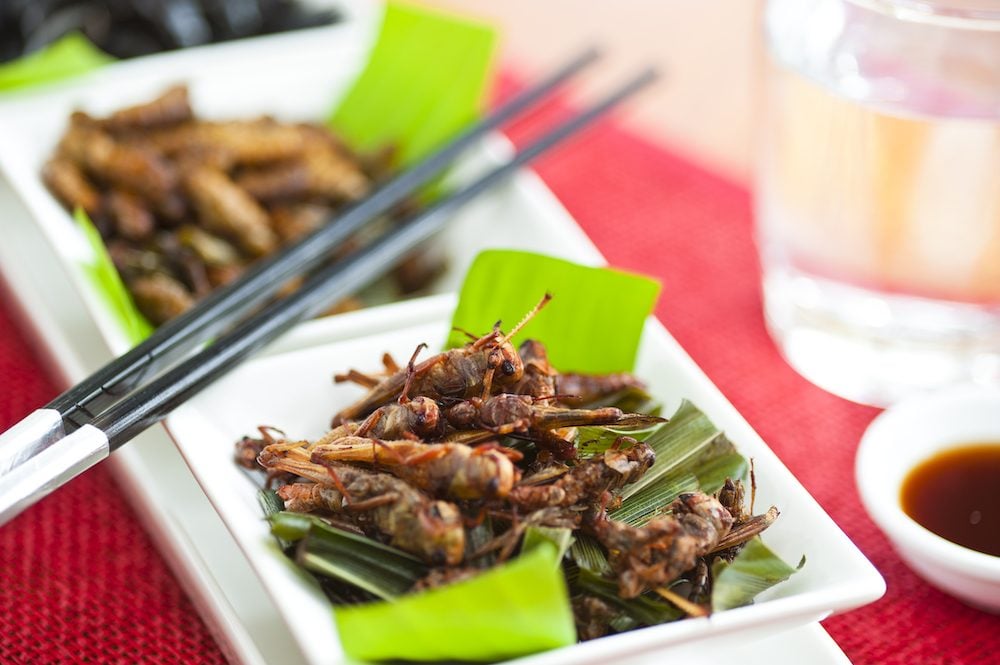
Bugs are coming to dinner
Guess what else is high in protein, low cost and eco-friendly? Bugs. They’re nutritional powerhouses: rich in essential amino acids, omega-3 fats, iron and calcium. Approximately two billion people, more than one-quarter of the world’s population, eat them as part of their standard diet. Round these parts, they remain a tough sell. That hasn’t prevented Canadian entrepreneurs dedicated to entomophagy—the human consumption of bugs—from experimenting with snacks and flours made from dehydrated insects. Even President’s Choice carries a powder of Canadian-farmed crickets that adds a blast of protein and B12 to smoothies, sauces, chili, curries and baking batters.
Bugs are entering our food chain, even if you aren’t keen on crunchy mealworms as a salad topper. Two Canadian companies are already breeding insects in vertical farms (factories where food is grown in stacks) as feed for chickens and fish. Creepy-crawlers may just be the way forward.
Surprise—these foods aren’t nearly as nutritious as most people think.
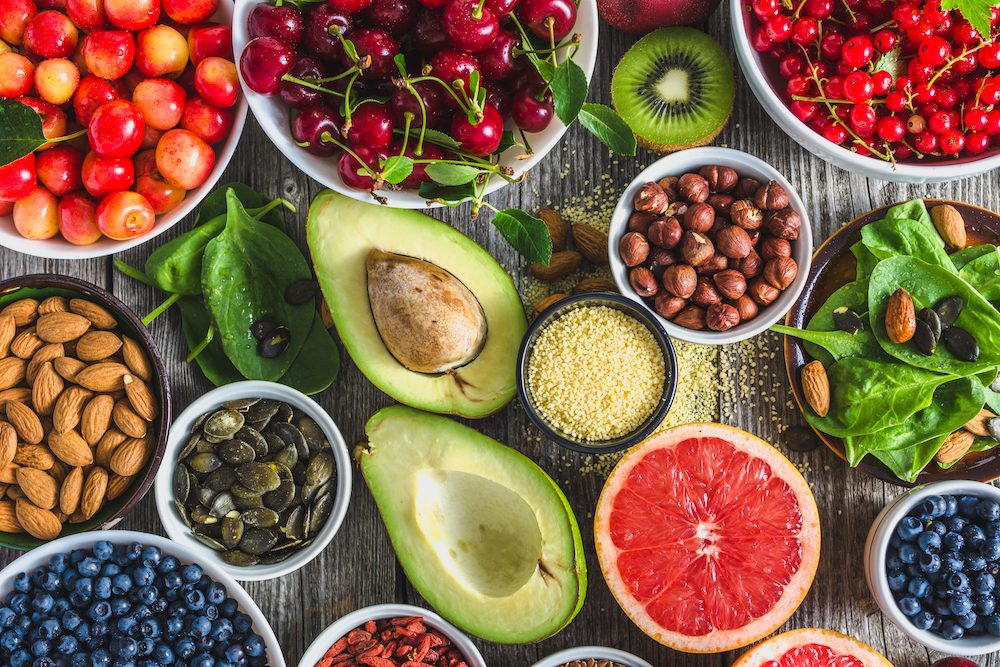
Fill your plate with these 10 trendy superfoods
Nutritionists and dietitians generally recognize superfoods as anything with high levels of nutrients, particularly vitamins and minerals, and antioxidants, which help prevent disease and shield our bodies from cell damage. “Just remember,” cautions Nielsen, “no one food is going to be the key to overall health. To reap the benefits, you need to eat a variety of whole plant foods every day.”
Studies show that curcumin—the active antioxidant in turmeric—may help protect heart, immune and metabolic health. Combine it with black pepper, which increases the body’s ability to absorb curcumin by 2,000 per cent, and a simple veg curry goes supernova. Or blend a quarter teaspoon of ground turmeric with some cinnamon and ginger into warm milk and espresso for a healthful latte. (Check out more surprising health benefits of turmeric.)
All berries are good for you, but fresh raspberries have twice as much fibre as blueberries, and the frozen ones contain three times the vitamin C of frozen blueberries (no disrespect to the antioxidant-rich blues). Blackberries get their colour from anthocyanins, and there’s promising research that this phytonutrient may help delay age-related cognitive decline.
Sprinkle hemp hearts into a smoothie or onto a salad: the plant-based protein contains all nine essential amino acids, omega-3 essential fatty acids, plus calcium, iron, zinc, magnesium, potassium, and vitamins A, C and E, as well as B vitamins. Plus, they’re grown in Canada, so you’ll support a local farm economy. Boom.
Not only are prunes packed full of fibre (hello, GI health), but eating 100 grams per day has been shown to help prevent bone loss. You can also purée them for a healthier sugar substitute in baked goods.
Sesame seeds are a great source of polyunsaturated and monounsaturated fats (the good ones that provide essential fatty acids and deliver fat-soluble vitamins), fibre, protein, calcium, iron and magnesium. Blend them with olive oil, chickpeas and lemon juice for homemade hummus.
The amino acids found in pea protein support muscle repair, which is what makes it so popular with vegan athletes. Mix it in smoothies, puréed soups or pesto. Initial studies show pea protein may help reduce blood pressure and lower cholesterol and triglyceride levels. Plus, it’s eco-friendly: peas grow in concert with bacteria in the soil to take nitrogen from the air and convert it into a natural fertilizer.
All seaweeds are mineral-rich and climate friendly, but kelp in particular is a nutritionally dense superhero: it’s loaded with potassium, iron, calcium, fibre, iodine and a bevy of vitamins. Use it in pasta sauce, stir-fries, or to liven up a sheet pan of roast vegetables.
Dietitians agree that consuming food that’s rich in different types of fibre helps maintain the balance of good bacteria in your intestines, as do fermented foods like kimchee and miso, which contain naturally occurring probiotics that feed that good bacteria. Add kimchee to a grilled cheese sandwich for a tangy, slightly spicy twist on the classic.
Find out more painless ways to increase dietary fibre.
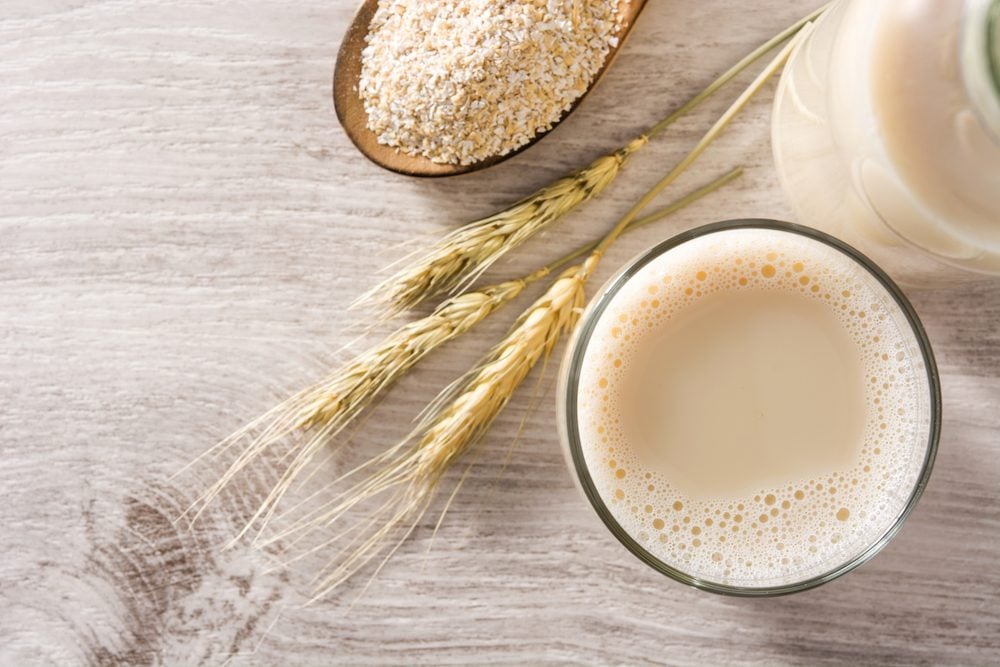
Pick the right milk substitute
There are now about a gazillion milk substitutes at the grocery store and local coffee shop, which is good news for anyone going dairy-free. But milk replacements aren’t always good for your health. “Some of these plant-based beverages have no nutritional value and are packed with sugar,” warns Nielsen. “Make sure the alt-milk you choose has been fortified with calcium and matches the amount found in a cup of cow’s milk: 30 to 35 per cent of your daily needs. Opt for unsweetened. Flavoured or even ‘original’ flavoured plant-based milks can contain twice the sugar of a cup of cow’s milk.” And know that of all the alt-milks, soy milk is the only one that’s nutritionally comparable to cow’s in terms of its protein content (important for small children).
The environmental benefits of giving up milk are decidedly mixed. While Oxford researchers concluded that producing a glass of cow’s milk has at least two times the environmental impact of producing a glass of any non-dairy milk, there are drawbacks to the demand for milk replacements, including the exploitation of tropical workers and rainforests, extreme pressure on pollinating bees, excessive use of irrigation water and waterway pollution from fertilizers.
So what’s the answer? As far as plant-based options go, soy, oat, hemp and flax are good locally produced alternatives. Hazelnut is especially virtuous in terms of sustainability. The nuts grow on trees that pull carbon from the atmosphere, and they’re pollinated by the wind rather than stressed-out bees. Plus, they grow in wet climates, such as the Pacific northwest, where water is less of an issue. The downside: hazelnut milk is still a niche product and not yet widely available (check your local health food store).
And give cow’s milk a second chance. “If you aren’t vegan and can tolerate it, consider sticking with dairy,” says Barbara Seed, a registered dietitian. Milk is local to most places in Canada, and it helps to keep farmers farming and to preserve agricultural land. And we can work with the producers to keep reforming practices to improve environmental impacts.
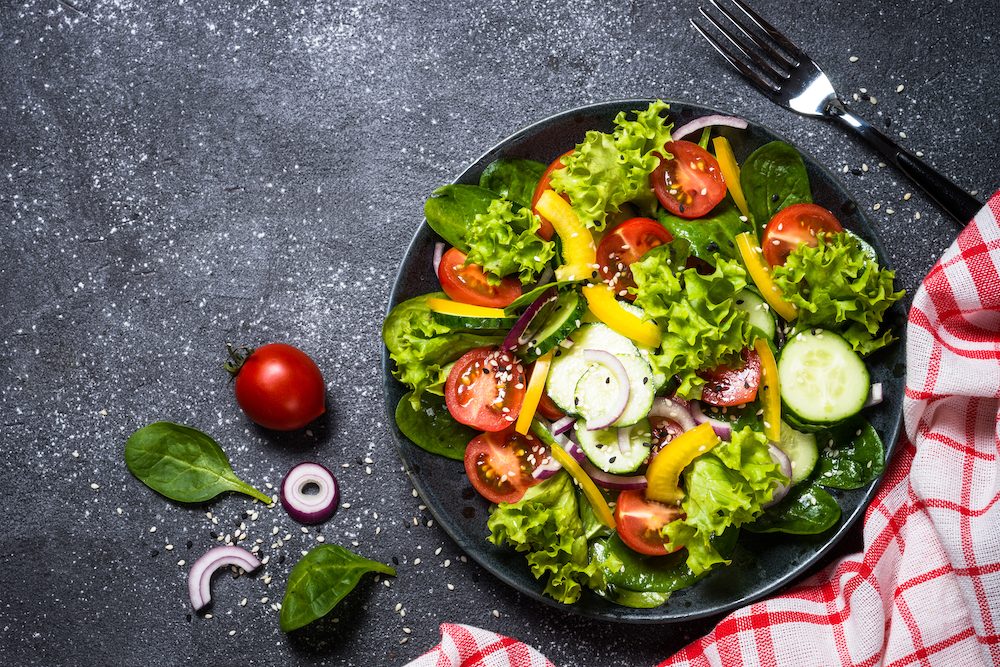
Grow your own salad
Seriously! If that sounds like too much work, relax: lettuce is one of the easiest and most forgiving vegetables to grow, and provides fibre, vitamins, minerals and phytochemicals for few calories. These greens don’t need deep soil to take root, so you can plant them in just about anything: an upcycled metal colander, an old tire, a garbage pail or, the Rolls-Royce treatment, an elevated VegTrug planter. You’ll save money and reduce waste (no more chucking out those half-full clamshell boxes). Plus, studies show that gardening reduces stress and improves cognitive function.
Step 1
Step outside. Is it spring or fall? Perfect. You can grow lettuce. Find a spot in your yard that gets a bit of sun and a bit of shade, or tuck a container in the corner of a deck or balcony.
Step 2
Sow some seeds one-quarter inch deep in loose garden soil. To keep fresh lettuce coming in, plant more seeds every 10 to 14 days until the weather heats up; then wait until things cool off to plant fall salads. Or, even easier, pick up a pot filled with pre-grown mixed greens from your local garden centre and plop it into the container.
Step 3
Wait a few weeks and harvest! Looseleaf varieties will mature in 40 to 45 days, while romaines and butterheads peak between 55 and 70 days. Congrats: you did it.
In a hurry to harvest? Find out which vegetables take the shortest amount of time to grow.

Avoid plant-based “meats”
You’ve seen plant-based burgers at the grocery store, on fast food menus and at your neighbour’s backyard party. They’re made with either pea protein (like the products from Beyond Meat and Maple Leaf’s Lightlife) or soy (like the Impossible Burger, which was approved for sale in Canada early in 2020).
But are they healthier? In short, no. Plant-based meats contain similar amounts of saturated fat and protein, and often more sodium and carbohydrates than a beef burger. “Most of these new plant-based products are highly processed,” says Seed, “meaning they’re full of added ingredients. If you’re looking to make a healthy choice, look for grain- or veggie-based burgers with fewer calories and less saturated fat.”
Learn to spot the signs you’re eating too much salt.
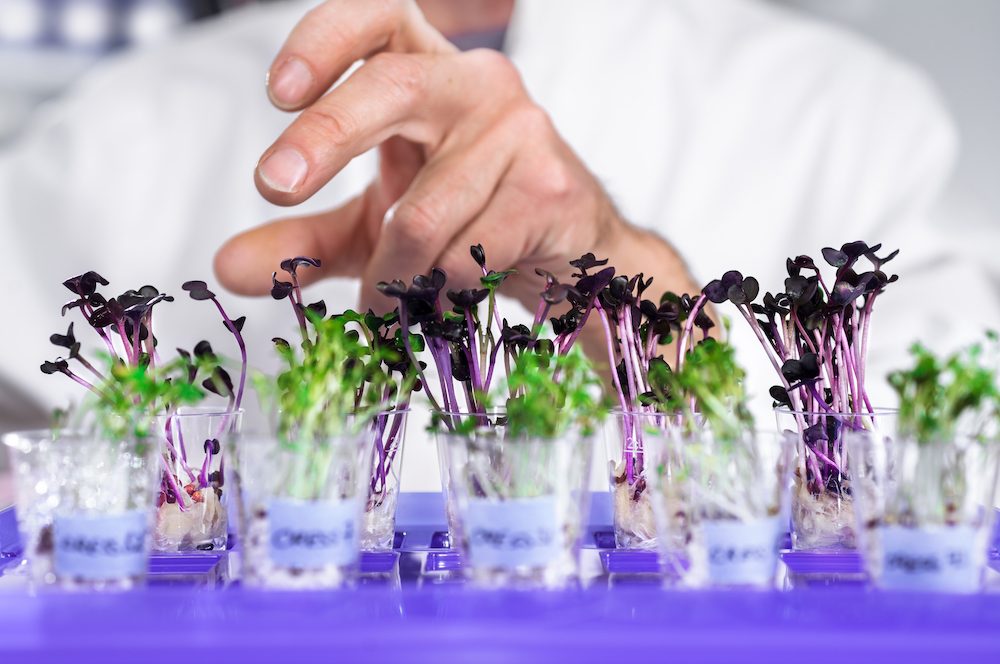
Lab-produced food is coming sooner than you think
Can you make dairy without a cow? Now we can, with cellular agriculture, the science of producing animal and plant foods in laboratories. Last summer, Canadian scientist Isha Datar and fellow co-founders of the Silicon Valley startup Perfect Day introduced the first animal-free ice cream produced in a lab without a cow. To put an incredibly complex process in simple terms, the scientists use cow’s milk DNA to genetically alter micro-organisms such as yeast. Then they use fermentation to convert those micro-organisms into the milk proteins whey and casein, which can be combined with water to create dairy products. The startup is currently working to create the other crucial ingredient in dairy: milk fat.
That would’ve been easy to write off as Franken-science even a decade ago, except now we’re in dire need of an alternative to counter the outsize environmental effects of large-scale dairy operations. Cellular agriculture won’t replace meat and dairy, but it has the potential to shrink livestock farming’s environmental footprint, address the crisis of antibiotic resistance and improve animal welfare by offering alternatives (and competition) to big industry operations. That’s a win-win-win.
Here are 10 lessons we can learn from the most eco-friendly countries on Earth.
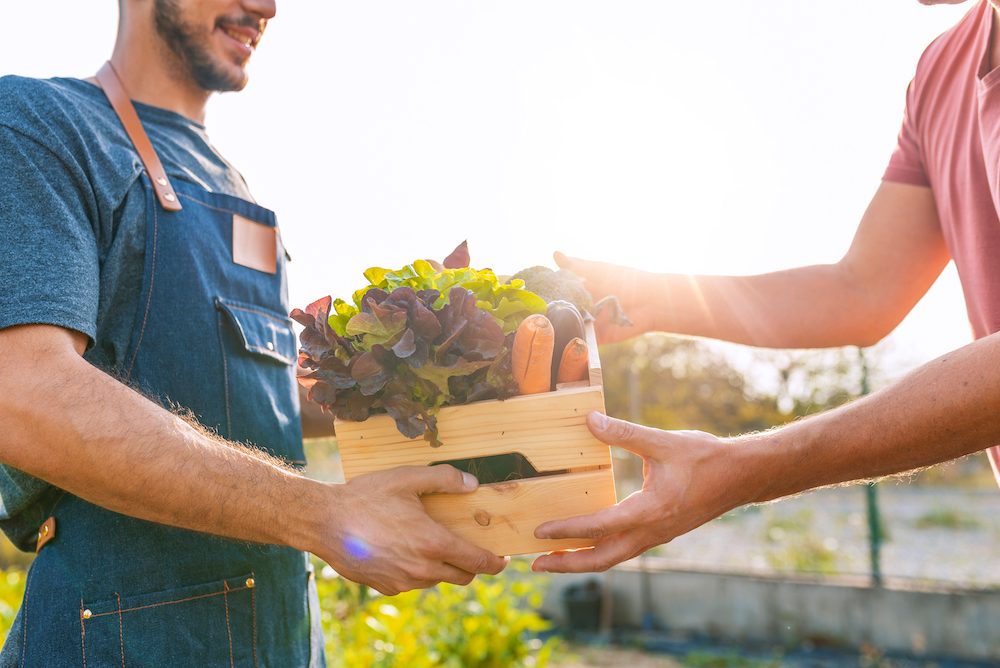
Choose better
The idea of choosing better for your own health and the planet’s means different things for different people. “In Canada, it may mean supporting local farms and food businesses,” says Seed, “or supporting farms at all scales who are making proactively sustainable choices—reducing fossil fuel use and food waste, increasing biodiversity, land and water use efficiencies on the farm, etc.—or simply choosing legumes as a protein source more often.” There’s no best or right way to do it; just do something. Be flexible. Be open to new ideas. And enjoy every last bite.
Next, find out the 50 best foods for your heart.